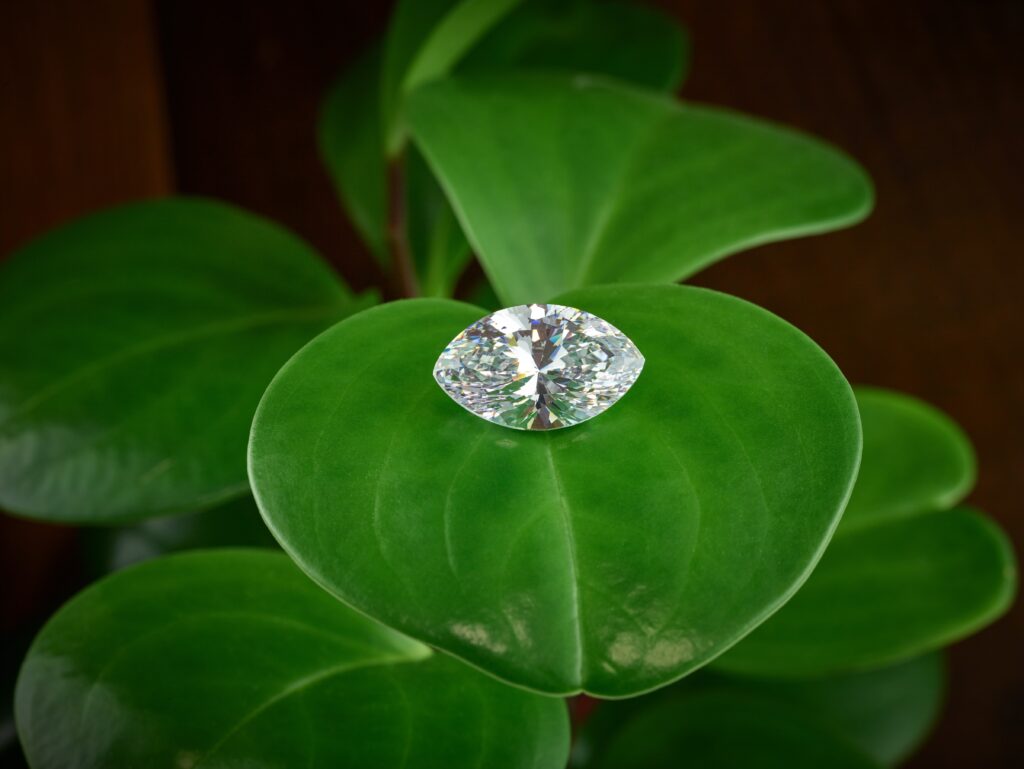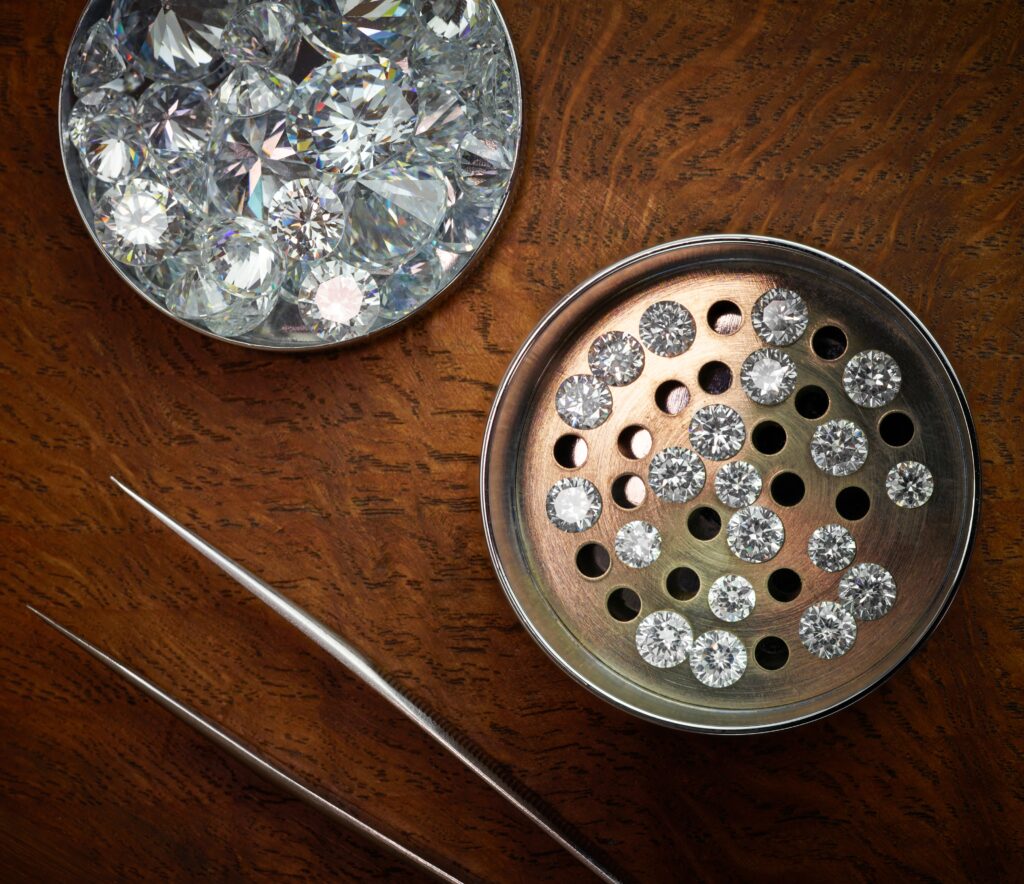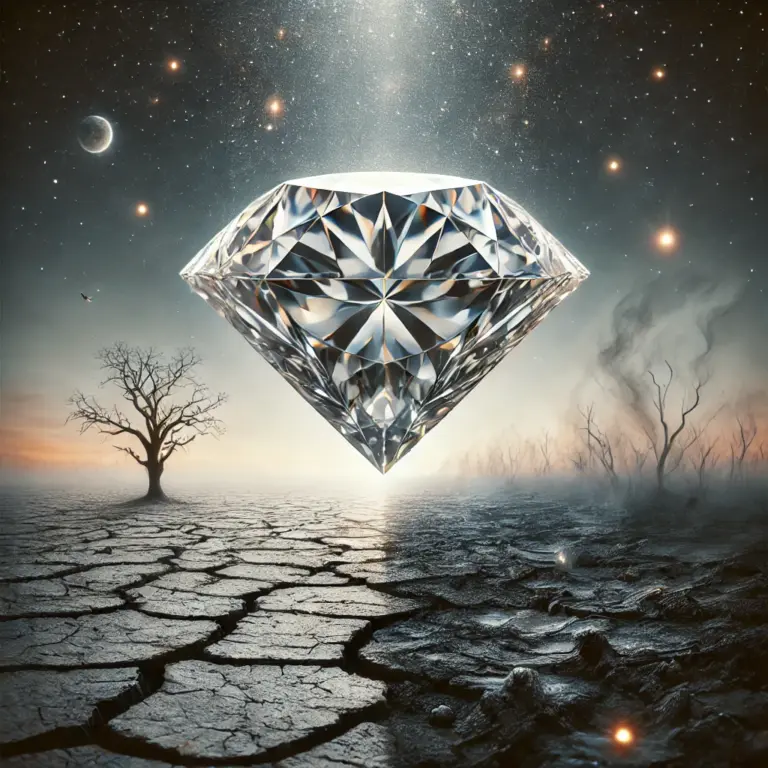
Diamonds have long been admired for their symbolism of luxury and elegance, yet the methods used to mine them often raise environmental and ethical concerns. Fortunately, new sustainable practices are emerging, offering ethical alternatives within the diamond jewellery industry. These innovations are driving a significant shift towards sustainability and ethical sourcing, reshaping consumer preferences and industry standards alike.
One significant force shaping the diamond jewellery industry is the movement towards sustainability and ethical practices. Upcycling diamonds has emerged as a pivotal strategy, involving the transformation of existing jewellery into stylish, contemporary pieces. This practice not only enhances the sustainability of diamond sourcing but also preserves the historical and aesthetic value of vintage and antique pieces. By reducing waste and minimizing the demand for newly mined diamonds, upcycling fosters a circular economy within the jewellery sector. Additionally, repurposing family heirlooms into modern designs not only honours personal style preferences but also sustains cherished memories in a modern context, contributing further to the industry’s shift towards sustainability.

Another transformative force reshaping the diamond jewellery industry is the rise of lab-grown diamonds. These diamonds are revolutionizing the market by providing a sustainable and ethical alternative to traditionally mined stones. Produced in controlled laboratory environments, lab-grown diamonds replicate natural formation processes with minimal environmental impact. Unlike conventional mining, which often leads to deforestation and soil erosion, lab-grown diamonds avoid these harmful practices, making them a preferred choice for eco-conscious consumers. Furthermore, they address ethical concerns associated with conflict diamonds through transparent supply chains and ethical production methods. Technological advancements have also significantly improved the quality and affordability of lab-grown diamonds, ensuring they match natural stones in appearance and offering a high-quality, accessible option for those seeking ethically produced jewellery.
The final key factor reshaping the diamond jewellery industry is the surging consumer demand for ethical and sustainable products. This trend is driven by heightened awareness of environmental and social issues, leading to increased interest in upcycled and lab-grown diamond jewellery. Consumers are now placing greater emphasis on responsible consumption, reflecting broader environmental stewardship principles in their purchasing decisions.
Jewellery brands are responding to this demand by enhancing transparency and ethical practices. Many are offering detailed insights into diamond origins and production conditions to build trust and align with consumer values. Beyond ethical sourcing, these brands are adopting comprehensive sustainability measures such as carbon-neutral shipping and eco-friendly packaging. By embracing these practices, they are not only meeting consumer expectations but also redefining luxury for an eco-conscious era.
In conclusion, the integration of upcycled and lab-grown diamonds into fashion is transforming the jewellery industry. Upcycled diamonds offer a sustainable method to cherish and modernize existing gems, while lab-grown diamonds provide a high-quality, ethical alternative to mined stones. As consumer demand for ethical products grows, jewellery brands are prioritizing transparent and sustainable practices. This shift towards ethical elegance ensures that diamonds continue to captivate with a conscience that matches their brilliance, setting a new standard for luxury in a socially and environmentally aware world.




